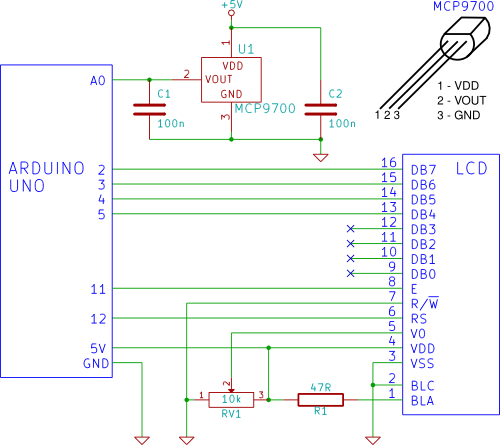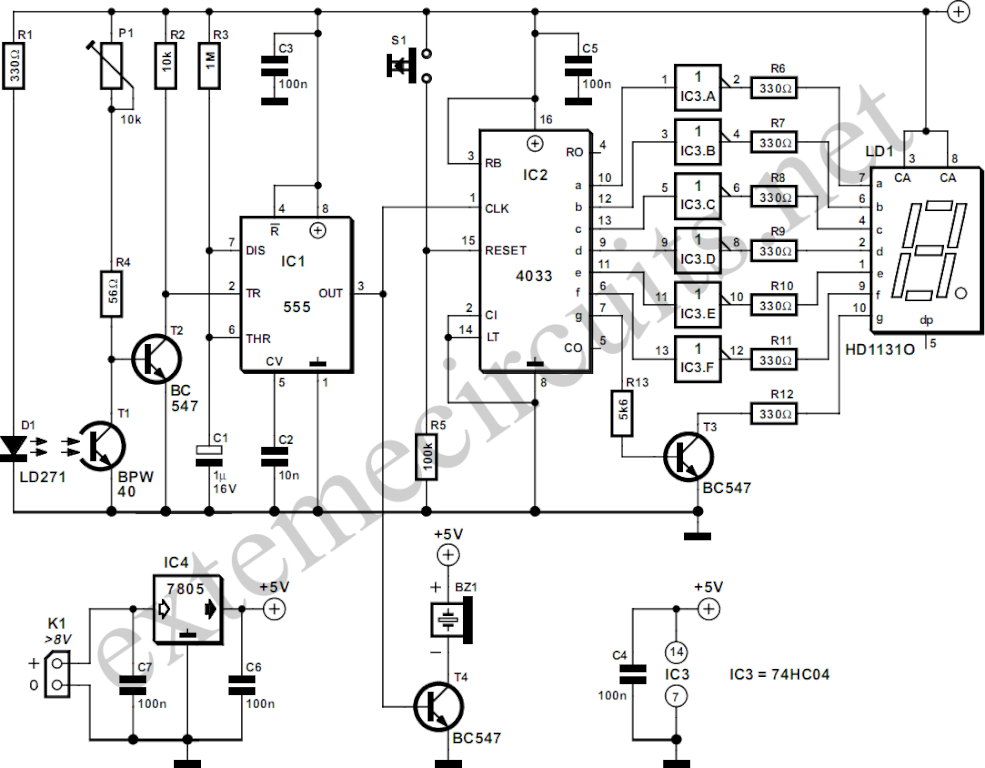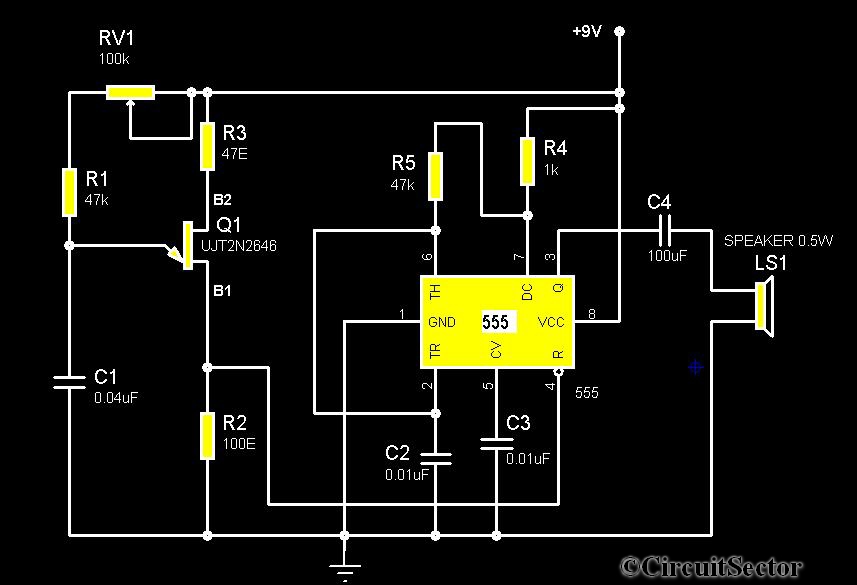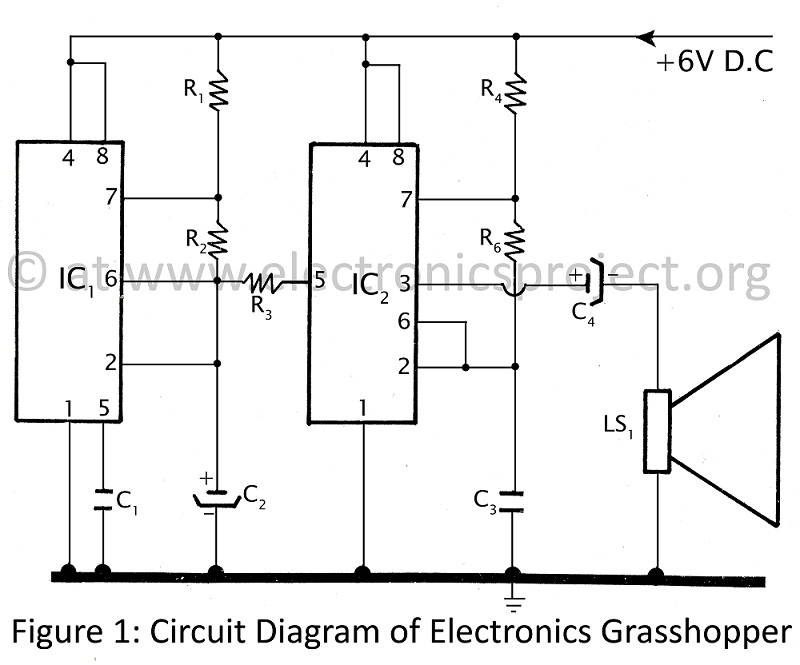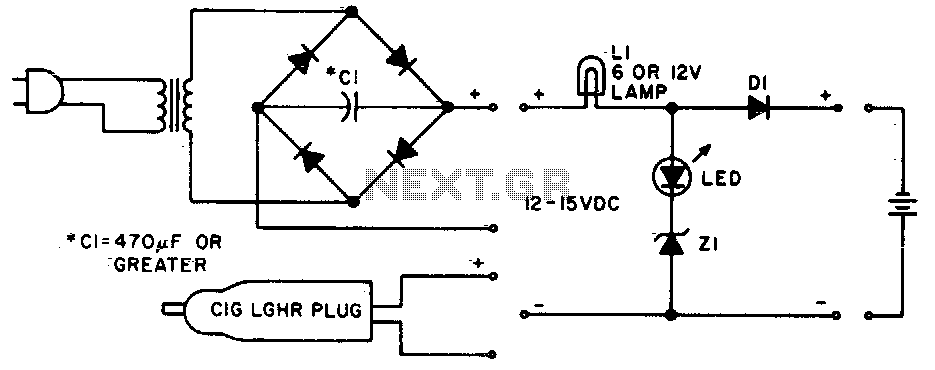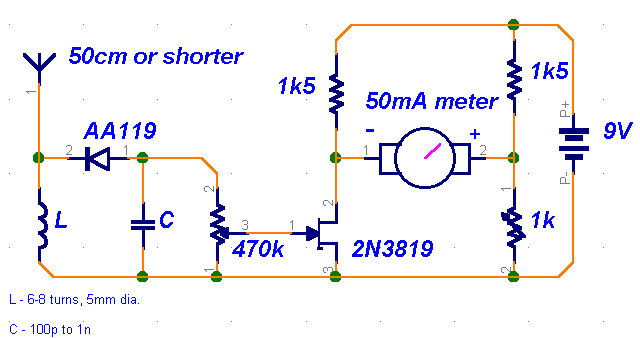
Using Current Source To Make Linear Scale Analog Ohm Meter
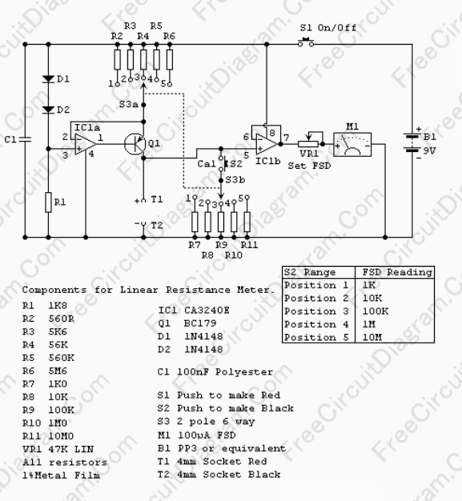
Many analog ohm meters have a non-linear scale, which results in poorer resolution at higher resistance values. This is due to the use of inexpensive current sources.
Many analog ohm meters operate on a principle where the scale is not linear, leading to increased difficulty in accurately measuring higher resistance values. This non-linearity often arises from the use of low-cost current sources, which may not provide a stable or precise output across the entire range of resistance measurements. As resistance increases, the current flowing through the meter can become less predictable, resulting in a diminished resolution and accuracy.
To address these limitations, several design strategies can be implemented. One approach is to utilize a more stable and precise current source, such as a regulated current source or a constant current diode. These components can help maintain a consistent output regardless of the resistance being measured, thereby improving the linearity of the scale.
Another method to enhance measurement accuracy is to incorporate an analog-to-digital converter (ADC) in conjunction with a microcontroller. This setup allows for digital processing of the resistance values, enabling more sophisticated algorithms to linearize the response and improve resolution at higher resistance levels. Additionally, the use of a digital display can provide clearer readings and allow for the implementation of features such as auto-ranging, which automatically selects the appropriate measurement range for the resistance being tested.
Calibration is also a critical aspect of ensuring accuracy in ohm meters. Regular calibration against known resistance standards can help identify and correct any deviations in measurement, particularly in the non-linear regions of the scale. By employing these techniques, the performance of analog ohm meters can be significantly improved, making them more reliable tools for measuring resistance across a wide range of values.Many analog ohm meters have non linear scale, so the resolution become worse at higher resistance value. This because they use cheap current source, only a. 🔗 External reference
Many analog ohm meters operate on a principle where the scale is not linear, leading to increased difficulty in accurately measuring higher resistance values. This non-linearity often arises from the use of low-cost current sources, which may not provide a stable or precise output across the entire range of resistance measurements. As resistance increases, the current flowing through the meter can become less predictable, resulting in a diminished resolution and accuracy.
To address these limitations, several design strategies can be implemented. One approach is to utilize a more stable and precise current source, such as a regulated current source or a constant current diode. These components can help maintain a consistent output regardless of the resistance being measured, thereby improving the linearity of the scale.
Another method to enhance measurement accuracy is to incorporate an analog-to-digital converter (ADC) in conjunction with a microcontroller. This setup allows for digital processing of the resistance values, enabling more sophisticated algorithms to linearize the response and improve resolution at higher resistance levels. Additionally, the use of a digital display can provide clearer readings and allow for the implementation of features such as auto-ranging, which automatically selects the appropriate measurement range for the resistance being tested.
Calibration is also a critical aspect of ensuring accuracy in ohm meters. Regular calibration against known resistance standards can help identify and correct any deviations in measurement, particularly in the non-linear regions of the scale. By employing these techniques, the performance of analog ohm meters can be significantly improved, making them more reliable tools for measuring resistance across a wide range of values.Many analog ohm meters have non linear scale, so the resolution become worse at higher resistance value. This because they use cheap current source, only a. 🔗 External reference
